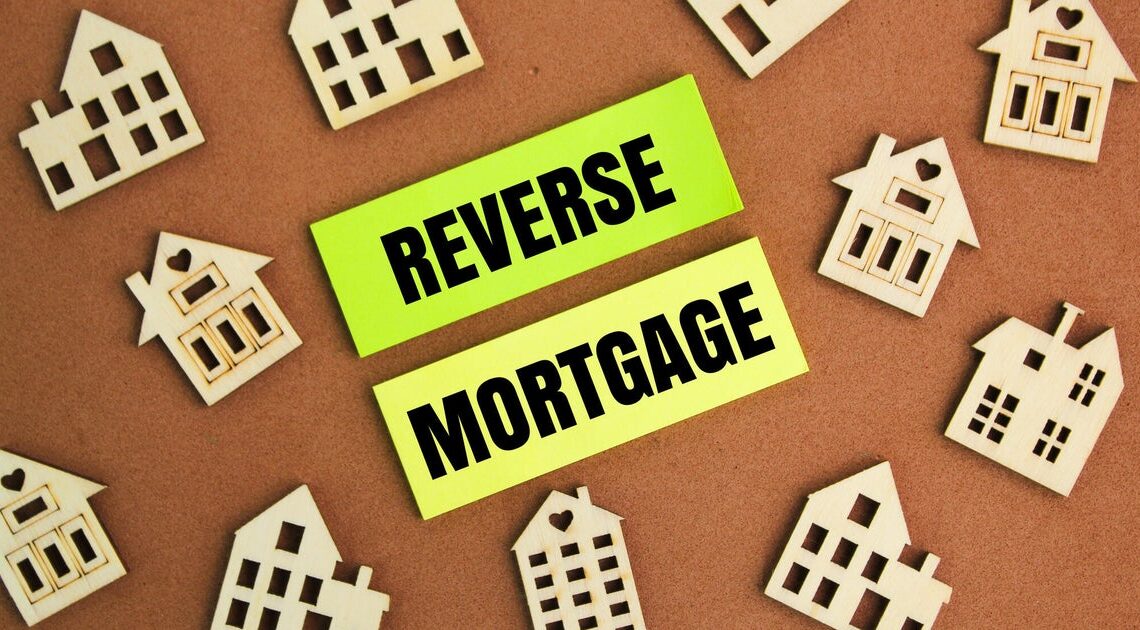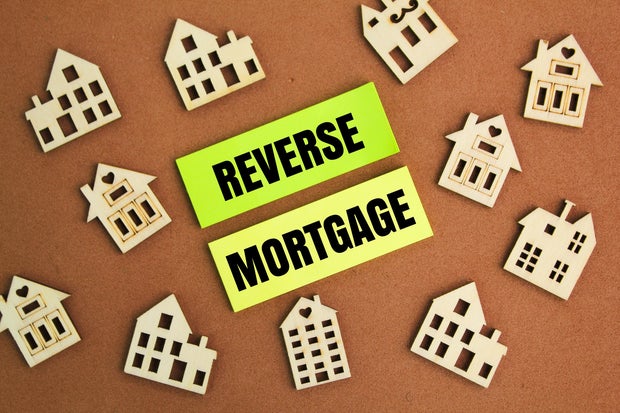
Reverse mortgage pros and cons experts say to know in today’s economy
13. August 2025
Getty Images
While inflation is down from a year ago, it has recently started to creep back upward again. When you throw in high interest rates and declining wage growth, many Americans are feeling the financial burn. Fortunately, older homeowners may have a lifeline via a reverse mortgage.
These unique tools turn home equity into cash without adding a monthly payment to the mix, and you can get your funds via a lump sum, credit line, monthly payments or a mix of the options.
Still, they’re not the right move for every homeowner. Not only do you need to be 62 and older (although you may sometimes qualify as early as age 55, depending on your lender), but they can also have some notable risks, particularly in today’s climate.
Learn more about the benefits of taking out a reverse mortgage today.
Reverse mortgage pros and cons experts say to know in today’s economy
Here’s what to consider before taking on a reverse mortgage right now.
Pro: It can free up cash flow
If you’re struggling financially due to inflation and today’s rising prices, a reverse mortgage could be a tool to increase your cash flow. Not only does this type of borrowing pay off your mortgage first, thus eliminating your monthly housing payment, but there’s no monthly payment on the new loan, either.
“It’s especially valuable for retirees on fixed incomes facing inflation pressure,” says Stephan Shipe, a flat-fee financial and investment advisor at Scholar Financial Advising. “You can offset the price increases with the value of the equity in their home — which has increased under that same inflationary environment.”
Reverse mortgages also come with flexibility in terms of how you receive the funds you borrow. You can receive your loan funds as a lump-sum payment, or you can opt for monthly payments, a line of credit or a combination of these options. This allows older homeowners access to additional income in the way they need it most.
“In today’s economy, cash and flexibility are paramount, and a reverse mortgage delivers both,” says Nicole Rueth, a mortgage executive and wealth builder at Movement Mortgage. “It gives retirees tax-free liquidity without tapping investments or adding new debt, and if your home is paid off or holds strong equity, you can create income and build a reserve account without monthly payments. And if you’re still carrying a mortgage, eliminating that payment instantly boosts cash flow and stretches the life of your other assets.”
Explore the reverse mortgage options available to you online now.
Con: Fees and interest can be high
The big downside of a reverse mortgage is that it can be costly. There are often many upfront fees to taking out one of these loans, including thousands in origination fees, plus mortgage insurance premiums and closing costs paid to any third parties involved in the transaction (appraisers, title companies, etc.).
According to Chuck Czajka, founder of financial services firm Marco Money Concepts, these fees “are more expensive than a traditional mortgage.”
“It’s not free money,” Rueth says. “Closing costs can be steep, and if you’re not planning to stay in your home long-term, it might not make sense.”
There are ongoing costs that come with reverse mortgages, too, including servicing fees, mortgage insurance premiums and interest, which are all taken out of your equity as the loan term goes on.
“The fees for using a reverse mortgage can quickly drain equity and leave a person destitute,” says Chris Parks, sales manager at Churchill Mortgage.
Pro: It can help you weather unexpected (and rising) medical costs
Another timely perk to getting a reverse mortgage is that it can help you weather unexpected medical costs as you age. And with medical costs on the rise (a 7.5% to 8.5% increase is projected for just next year), that can be a big help.
“I would look at it as a last resort emergency plan for unforeseen reasons, like medical expenses,” Czajka says.
It can also be helpful if you need a long-term caregiver or other healthcare solution. According to the Federal Long-term Care Insurance Program, hiring a home caregiver costs more than $42,000 annually.
“A reverse mortgage could be used to avoid pulling from accounts in a down market or long-term care funding, which are two of the biggest worries we see for clients in retirement,” Shipe says.
Con: It can be risky in certain markets
Reverse mortgages pay you out of your home equity. So, to continue having access to cash, your home value needs to stay high or, ideally, keep increasing.
Unfortunately, in some U.S. markets, home prices are trending downward. In Austin, Texas, for example, home prices have decreased almost 5% in the last year. Other cities with notable dips include Miami, Chicago, Los Angeles and Denver, among others.
“Taking out a reverse mortgage in one of these declining markets could leave you with negative equity pretty quickly,” Parks says. “This would be your worst nightmare if you are attempting to use this equity to live out your golden years.”
Negative equity means you owe more on your house than it’s worth. And while government-backed reverse mortgages have a protection for this (you’ll never repay more than 95% of the home’s appraised value), it does mean you’ll have no more to pull from in retirement. It also means you’ll have nothing left to pass on to your heirs.
“As a starting point, looking into your local real estate forecast before moving forward with a reverse mortgage would be wise,” Parks says. “And if you are relocating and want to use a reverse mortgage to purchase a home, it would be advantageous to start checking out that market in depth. Negative equity is not your friend.”
The bottom line
If the drawbacks of a reverse mortgage are too much, there are other home equity products you might consider, like a home equity loan, a home equity line of credit (HELOC) or a home equity sharing agreement. These can also be options if you’re ineligible for reverse mortgages, which require you to be at least 62 years of age (or age 55 for some proprietary programs).
Make sure to talk to a financial or mortgage professional if you’re not sure how to access your equity best. They can help you make the best decision for your goals.
